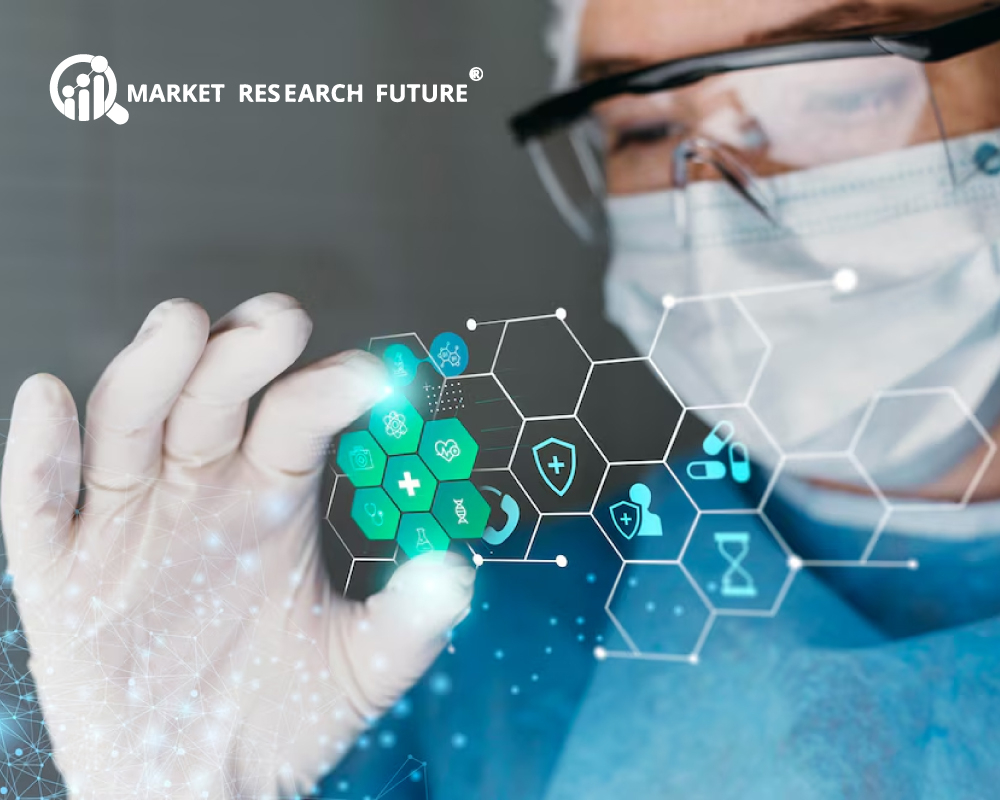What are the latest advancements in cleaning chemicals for healthcare environments?
The healthcare industry continues to innovate in cleaning chemicals to improve disinfection and prevent healthcare-associated infections (HAIs). One of the most significant advancements has been the introduction of broad-spectrum disinfectants like Oxivir 1 by Diversey Care, which uses accelerated hydrogen peroxide to eliminate a wide range of pathogens, including bacteria, viruses, and fungi, within one minute. This solution is particularly notable for its safety profile, requiring no personal protective equipment (PPE) and being non-irritating to the skin and eyes. Clorox Healthcare has also introduced enhanced disinfectants like their hydrogen peroxide cleaner disinfectant wipes, which offer faster cleaning times and better surface compatibility without harsh fumes.
In addition, Ecolab has pioneered OxyCide Daily Disinfectant Cleaner, which is effective against difficult-to-tackle organisms like C. difficile in under five minutes, meeting CDC guidance for emerging pathogens.
These innovations not only focus on effectiveness but also aim to reduce environmental impact by incorporating technologies that help prevent the spread of infections in high-risk settings like hospitals and clinics.
How are cleaning chemicals evolving with new technologies?
The integration of new technologies such as UV disinfection is transforming the landscape of healthcare cleaning. 3M has incorporated UV disinfection into its cleaning chemical systems, complementing traditional manual cleaning processes to further reduce infection risks.
This is part of a broader trend of combining chemical disinfection with technologies like ultraviolet (UV) and robotic cleaning systems, which are increasingly used in healthcare settings to enhance cleanliness and efficiency. However, while UV is effective, it is considered a supplementary tool, not a replacement for the manual application of chemical disinfectants.
Additionally, companies like Medline Industries and Reckitt are investing in products that integrate advanced formulations with green cleaning principles. These products are designed to meet environmental standards while maintaining high efficacy, addressing the growing demand for sustainable solutions in healthcare.
Which companies are leading the charge in healthcare cleaning chemical innovations?
Top companies in the healthcare cleaning chemical market are making significant strides with cutting-edge products and solutions. Johnson & Johnson, Kimberly-Clark, and Procter & Gamble remain at the forefront, leveraging their extensive research and development resources to create safer and more effective disinfectants. Medline has also launched several products focused on infection control, including disinfectant wipes and sprays designed to kill a broad spectrum of pathogens.
Moreover, Cardinal Health, Gojo Industries, and STERIS are incorporating antimicrobial agents into their products to improve cleaning effectiveness. For instance, STERIS's disinfectants are increasingly used in sterile processing areas where precision and thorough disinfection are paramount.
What impact are eco-friendly cleaning products having in healthcare?
Sustainability is becoming a key focus, as hospitals and healthcare facilities look for ways to reduce their environmental footprint without compromising on cleanliness. The demand for eco-friendly products is rising, with companies like Diversey and Ecolab introducing more green cleaning solutions. These products not only reduce the use of harmful chemicals but also meet certifications like EPA Safer Choice. However, achieving the balance between effective disinfection and environmental responsibility remains a challenge, as strict regulatory requirements often mean that disinfectants need to be highly potent, which can conflict with eco-friendly goals.
How is the future of healthcare cleaning shaping up?
Looking ahead, the future of cleaning chemicals in healthcare is likely to be defined by ongoing innovation, particularly in terms of combining chemical solutions with advanced technologies like UV disinfection and AI-driven robotic cleaners. These advancements promise more efficient cleaning processes, faster turnaround times, and improved infection control, all of which are critical in maintaining safer healthcare environments.
As sustainability becomes a more pressing issue, the industry will continue to explore how green solutions can be integrated without compromising on efficacy, ensuring the safety of both patients and healthcare workers.
For more information visit at MarketResearchFuture
Other Trending Reports



